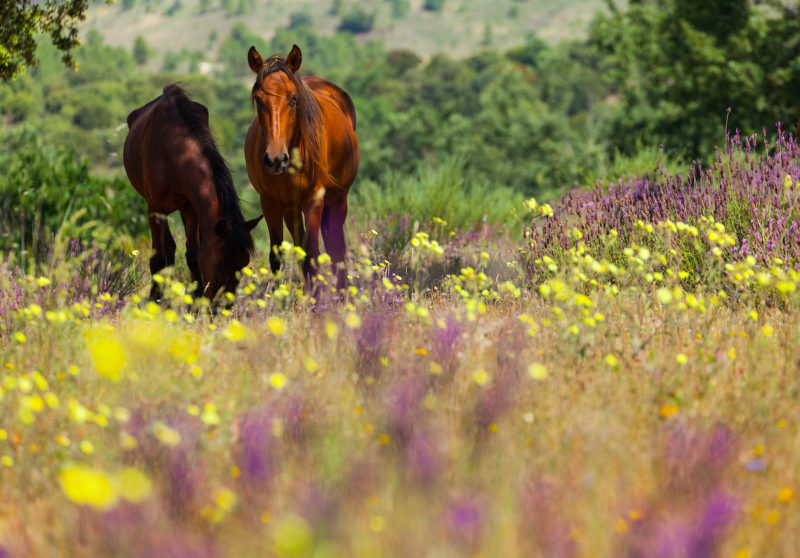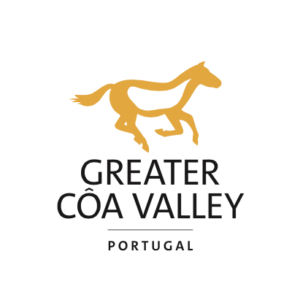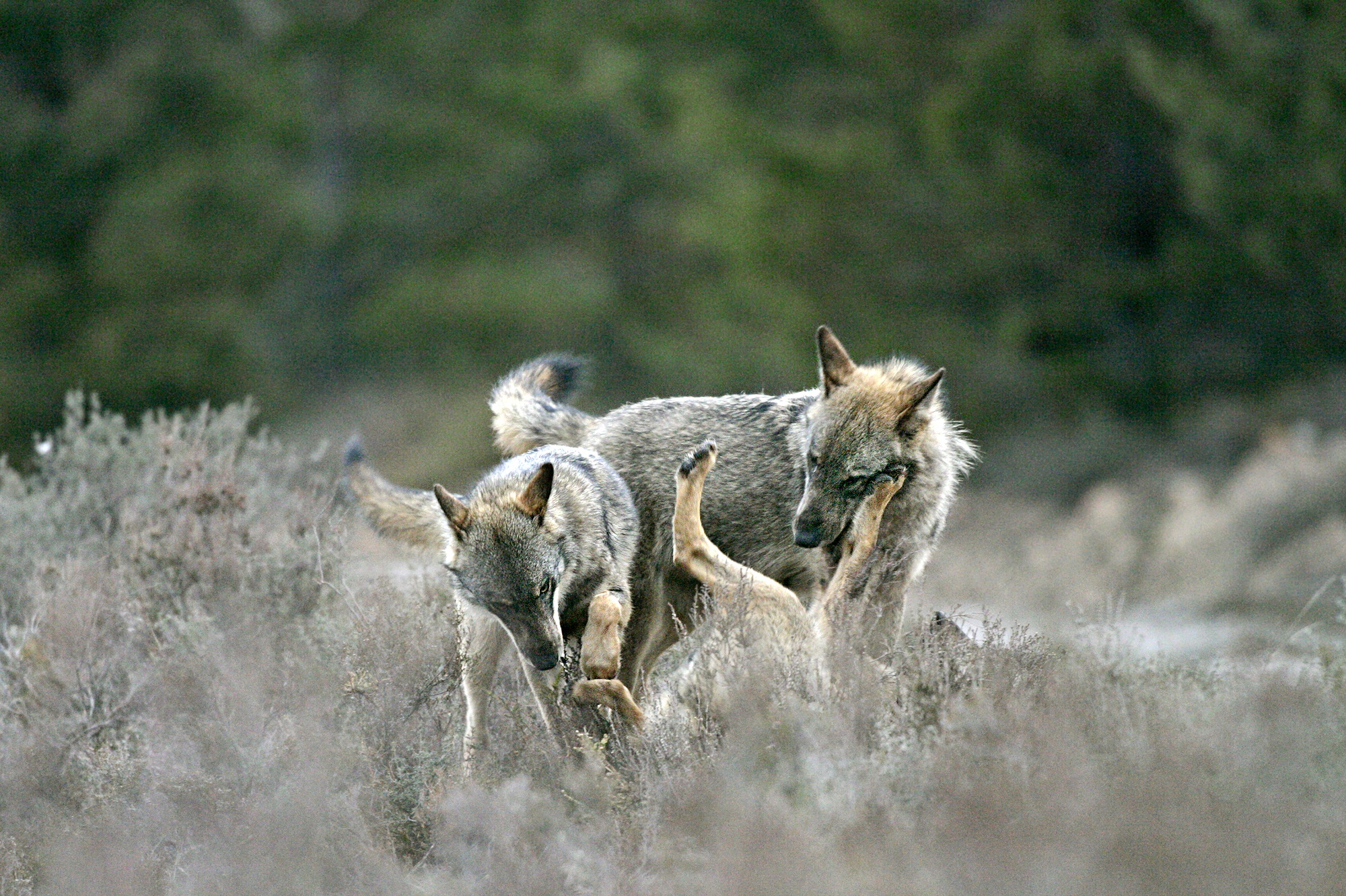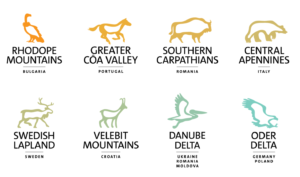The switch will strengthen branding and better reflect ongoing rewilding efforts.

A timely transition
The “Western Iberia” rewilding area in northern Portugal has been renamed the “Greater Côa Valley” rewilding area. The change will strengthen branding and reflects the evolution of local rewilding efforts, which have scaled up since the start of 2019. The area trademark, which previously depicted a Tauros, now features a wild horse.
“The name ‘Greater Côa Valley’ resonates far more with Portuguese people,” explains Rewilding Portugal team leader Pedro Prata. “Overall, the change will help to strengthen the branding of the area from a local to an international level.
“We decided to change the animal on the trademark too because the Rewilding Portugal team will work more with wild horses than Tauros in the future,” he continues. “Ancient engravings of wild horses can also be found in the area, and it was felt that people connect wild horses more readily with nature.”
Shaping a wildlife corridor

Rewilding Europe’s work in northern Portugal entered a new stage in 2019, with a substantial grant from the Endangered Landscapes Programme enabling us to scale up rewilding. The aim is to develop a 120,000-hectare wildlife corridor – the Greater Côa Valley – connecting the Malcata mountain range in the south with the larger Douro Valley in the north.
Rewilding Portugal is Rewilding Europe’s main partner and has started working towards this objective in collaboration with other local partners. Rewilding Portugal is also leading the LIFE WolFlux initiative, which is working to support the comeback of the Iberian wolf – there is significant overlap between the area covered by this initiative and the Greater Côa Valley.
European efforts

Rewilding Europe designed individual trademarks for each rewilding area in 2019, as part of a distinctive design series (each trademark features a different iconic animal). By creating a brand and strong destination identity, these trademarks help to raise the profile of each area at a local, national and international level. As part of a set of trademarks, they also show that each area is part of a bigger network, demonstrating joint rewilding ambition.
-
Want to know more?